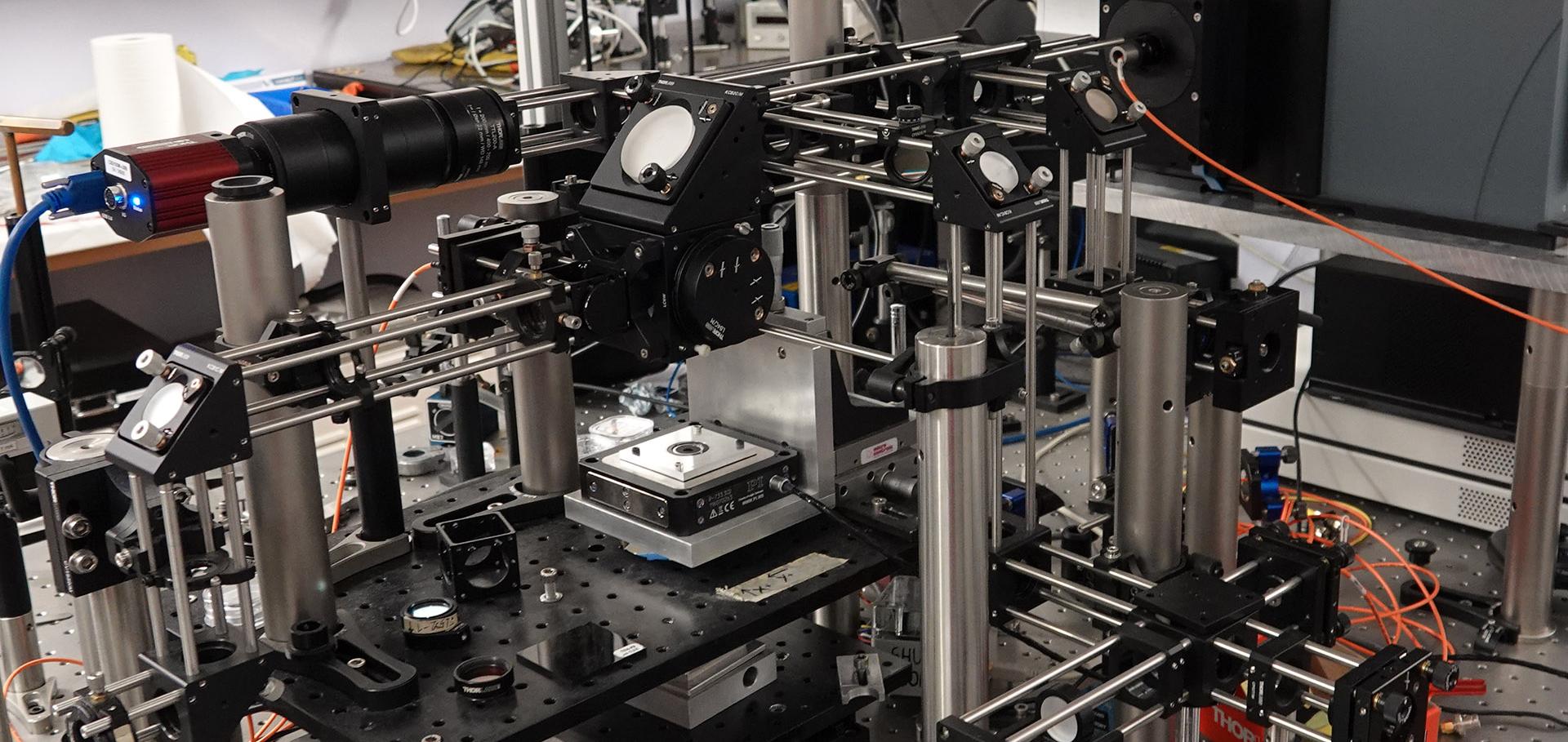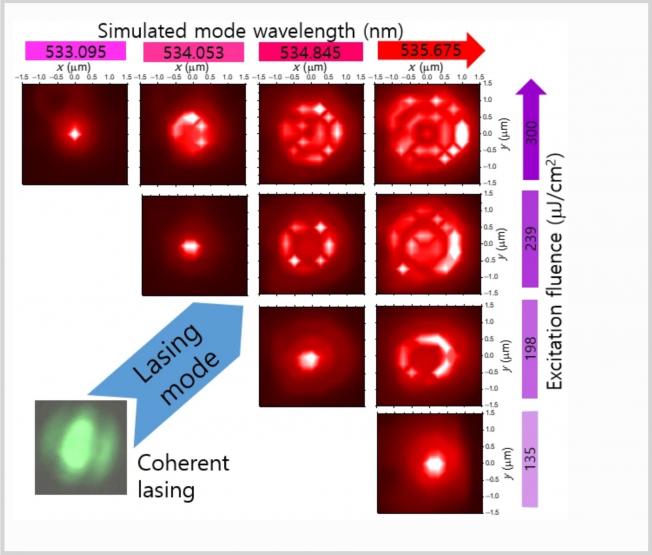Temporal variation in photoluminescence from single InGaN quantum dots
Applied Physics Letters 84:20 (2004) 4110-4112
Abstract:
The optical transmissions in single III/V (InGaN) quantum dots (QD) were measured as a function of time. The temporal fluctuations in microphotoluminescence peak position and linewidth were demonstrated and attributed to spectral diffusion processes. It was found that the temporal variations originated from randomly generated local electric fields inducing a Stark shift in the optical emission peaks of the InGaN QDs. It was also demonstrated that the spectral diffusion must be considered in the study of exciton optical transitions in single nitride based QDs.Time-integrated and time-resolved photoluminescence studies of InGaN quantum dots
Physica Status Solidi C: Conferences 1:3 (2004) 568-572
Abstract:
We present studies of the optical transitions in InGaN quantum dots (QDs). Spatially-resolved microphotoluminescence (μ-PL) of single InGaN QDs reveals very sharp, clearly-defined peaks that are characteristic of strongly-confined carriers. Time-resolved measurements for single InGaN QDs reveal single exponential decays in contrast to non-exponential decays from the 2D wetting layer (WL) and from ensemble measurements. © 2004 WILEY-VCH Verlag GmbH & Co. KGaA, Weinheim.Dynamics of single InGaN quantum dots
Physica E Low Dimensional Systems and Nanostructures 21:2-4 (2004) 285-289
Abstract:
Decay dynamics for single InGaN quantum dots are presented using time-resolved photoluminescence. The recombination is shown to be characterized by a single exponential decay, in contrast to the non-exponential recombination dynamics seen in the 2D wetting layer. The lifetimes of single dots in the temperature range 4-60 K decrease with increasing temperature. Different dots show similar lifetimes of ∼2 ns. © 2003 Elsevier B.V. All rights reserved.InGaN quantum dots grown by MOVPE via a droplet epitaxy route
Physica E: Low-Dimensional Systems and Nanostructures 21:2-4 (2004) 546-550
Abstract:
A novel method for the growth of InGaN quantum dots (QDs) by metal-organic vapour phase epitaxy (MOVPE) is described. A thin InGaN epilayer is grown on a GaN buffer layer and then annealed at growth temperature in molecular nitrogen inducing QD formation. The photoluminescence from the dot ensemble is bright and comparable in intensity to that from a quantum well. Micro-photoluminescence studies of these QDs reveal sharp peaks with typical line widths of ∼250 μeV at 4.2 K. Time-resolved photoluminescence suggests that the excitons in these structures have lifetimes in excess of 2 ns at 4.2 K. © 2003 Elsevier B.V. All rights reserved.Dynamics of single InGaN quantum dots
PHYSICA E 21:2-4 (2004) 285-289



